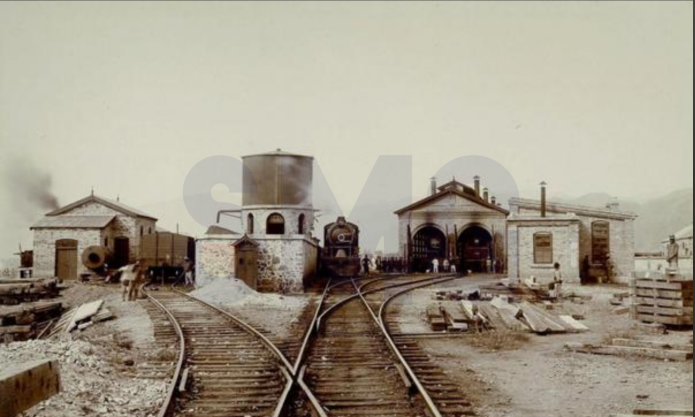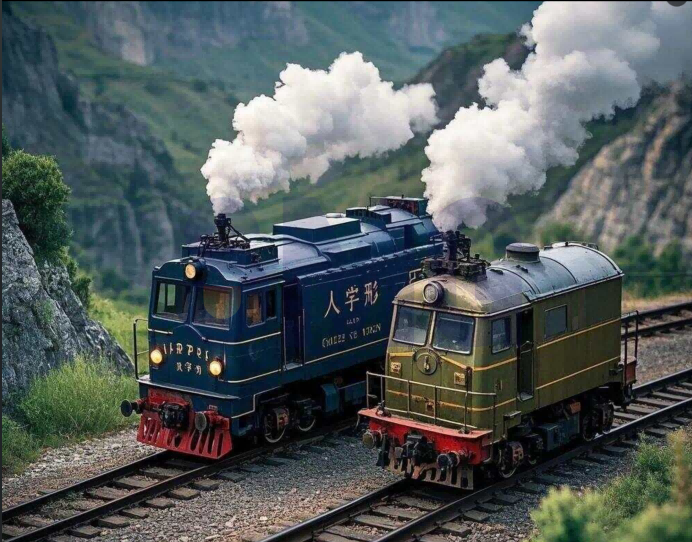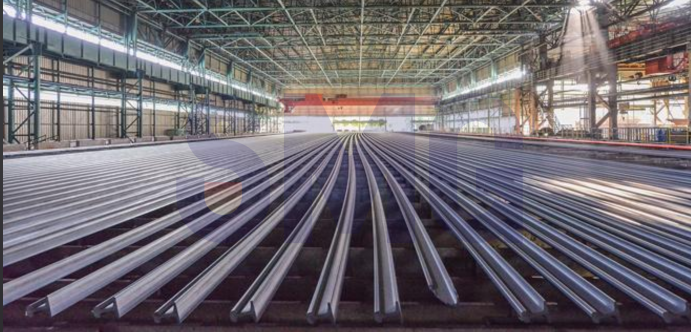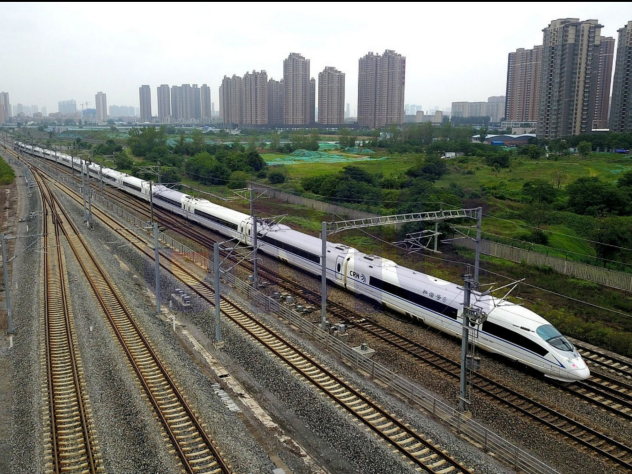
Date: 2025/5/19

Category: Metallurgical encyclopedia terms

Views: 86
Part 1: Fundamentals of Rail Steel: Definition and Historical Evolution of Steel Rails
1. Definition of Rails
Rails are the main components of railway tracks. Their functions include guiding the wheels of locomotives and rolling stock forward, bearing the tremendous pressure exerted by the wheels, and transmitting this pressure to the sleepers. Rails must provide a continuous, smooth rolling surface with minimal resistance for the wheels.
Rails primarily bear the pressure and impact loads from locomotives and rolling stock. Therefore, they must possess sufficient strength, hardness, and a certain degree of toughness.
2. Brief History of Global Steel Rail Development

(1). From ancient times to the early 19th century
In ancient Europe, there were stone tracks. Before the 16th century, four-wheel carriages were commonly used for long-distance transportation. The British determined the wheel spacing to be 143.55 cm, which later became the standard wheel spacing for most countries' railways. With the emergence of iron smelting technology, cast iron tracks and wrought iron tracks replaced wooden tracks, and "railroad" got its name.
From 1698 to 1769, steam engines were continuously improved and widely used. In 1803, Trevithick designed a high-pressure steam engine for locomotives, which was the prototype of train locomotives. In 1829, Stephenson invented the "Rocket" steam locomotive, ushering in a new era of railways, but the cast iron tracks were prone to cracking.

(2).19th century
Material and process improvements: From 1784 to 1824, the iron smelting technology was improved to enhance the toughness of iron. In 1830, the world's first steel rail rolling machine was put into production, and wrought iron fish-belly steel rails were produced. Around 1840, T-shaped steel rails were successfully rolled, and in 1849, the first I-shaped steel was rolled in France. Around 1831, the modern I-shaped rails appeared, and U-shaped rails were eliminated due to usage issues.
Production technology innovations: In 1855, Bessemer invented the acidic converter steelmaking method, improving the efficiency of steel rail production. In 1858, the cross-section of steel rails was fixed as an I-shape, weighing 38 kg per meter. In 1879, the alkaline converter steelmaking method could remove harmful impurities, improving the quality, and the rolling machine appeared. In 1865, the United States used the rolling method to produce steel rails, with better quality than the casting method.

(3). 20th Century and Beyond
Technological Advancements in Production: After the 1950s, technologies such as furnace refining enabled higher levels of steel rail production. Universal rolling mills improved dimensional accuracy and straightness, and automation and computers facilitated development.
Development under Heavy and High-Speed Requirements: As train loads and speeds increased, the cross-sectional area and weight of steel rails rose. From 26.6 kg/m in 1865, they have developed to 50 - 75 kg/m in recent years. Due to rail joint issues, seamless tracks emerged, and the standard length of steel rails increased from 25.0m to 100.0m.
Performance Enhancement: Since the 1950s, railway development has been rapid. Ordinary carbon steel rails could no longer meet the demands, and alloy steel rails and full-length quenched steel rails emerged. The tensile strength and hardness have significantly increased. Studies have shown that the performance of pearlite steel rails approaches the limit. In the 21st century, research began on bainite steel rails to enhance wear resistance and other properties.


Phone



Address